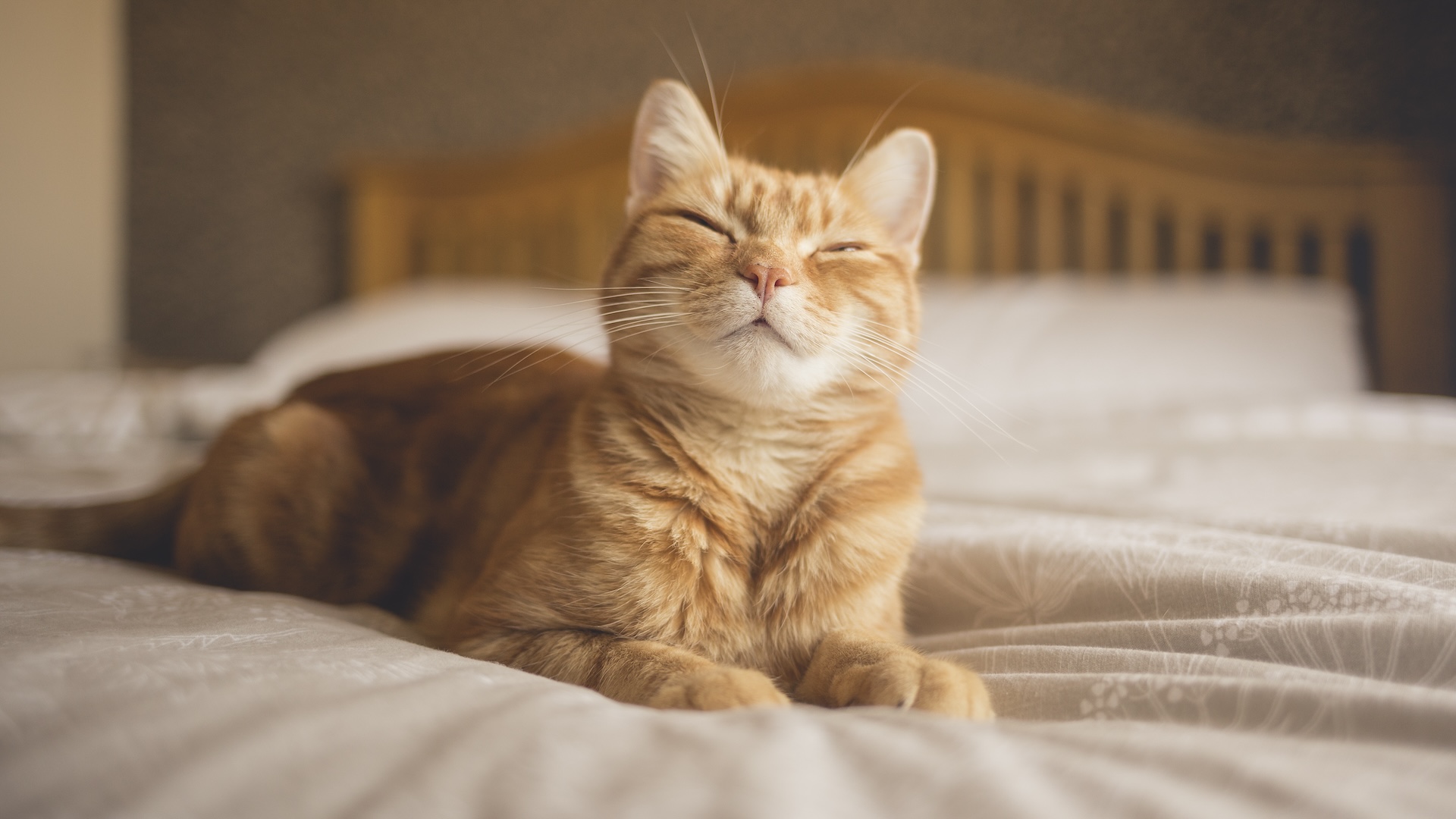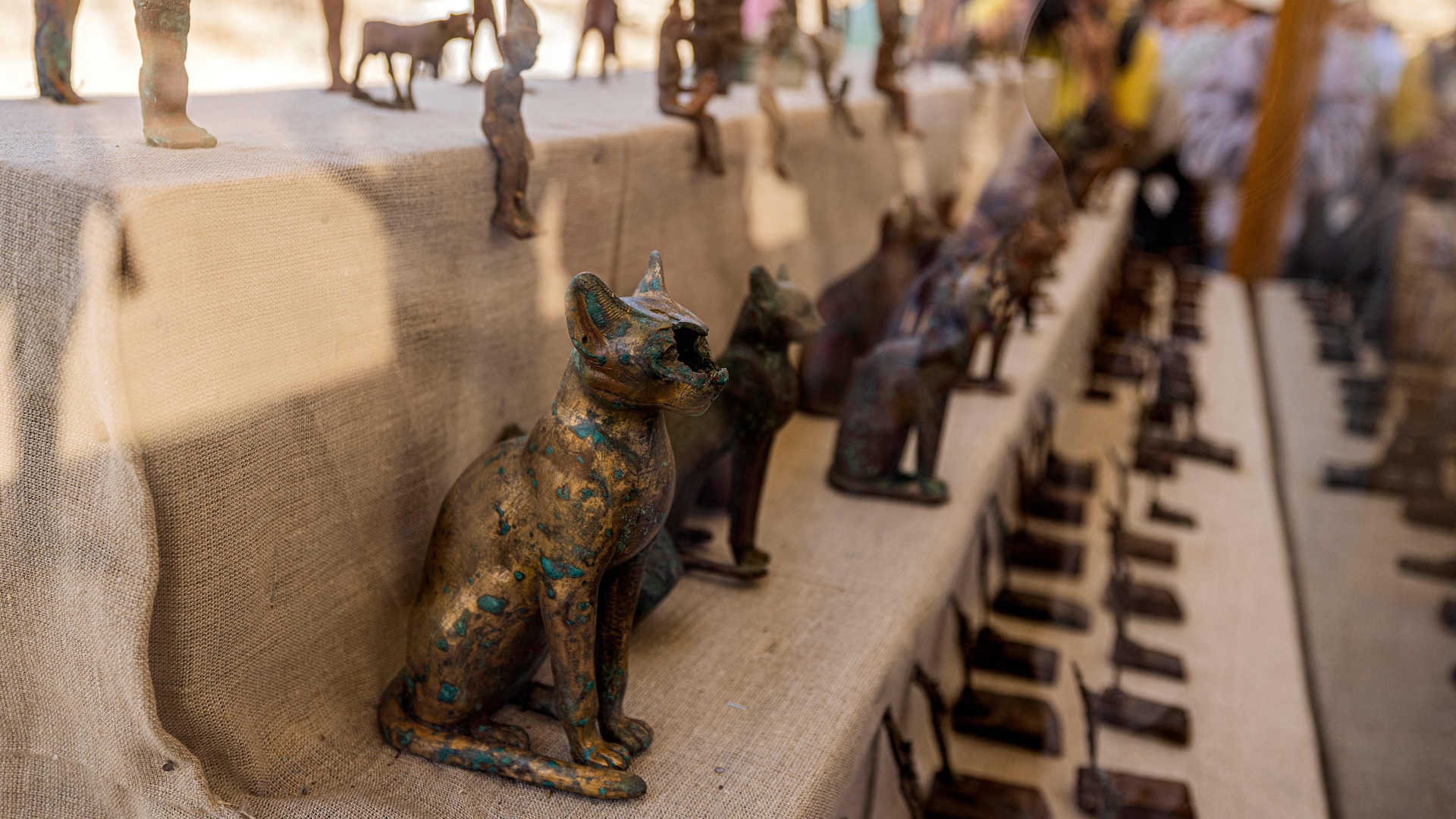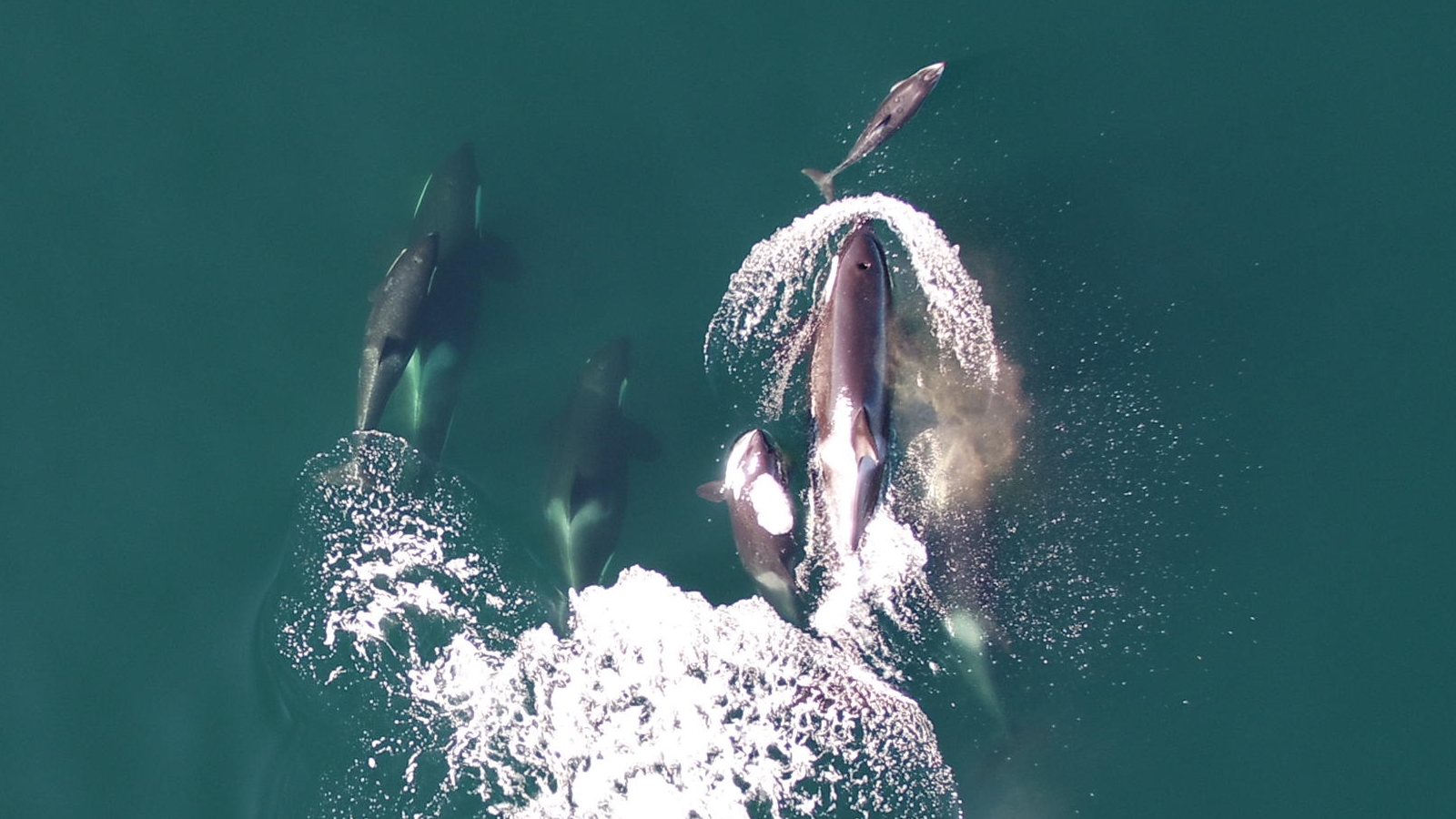The history of cat domestication
Discover the history of our feline friends, and learn about the debate over whether cats are really "domesticated" at all.

The domestic cat is one of the smallest members of the family Felidae — the group that includes lions, tigers, jaguars and cougars. It is also the only member of that family that has been domesticated.
Cats have lived among humans for thousands of years. They probably started hanging around human grain stores, attracted by mice and other vermin, and eventually spread around the world as sailors brought them aboard ships.
Today, cats still help humans control pests, as well as provide companionship. In the past few centuries, humans have bred some cats to display certain traits, like hairlessness, thereby establishing dozens of cat breeds. With their charming mix of aloofness and goofiness, cats continue to amuse and fascinate us.
Everything you need to know about domestic cats
When were cats domesticated?
For years, the dominant theory was that cats were domesticated around 10,000 years ago. The oldest known burial of a cat comes from Cyprus, where a human and a cat were buried together 9,500 years ago. Cat bones also have been found buried in 5,300-year-old refuse pits in China.
However, genetic evidence is starting to emerge suggesting cats may have been domesticated much later than 10,000 years ago. Today's domestic cats descend from Felis silvestris lybica, a wildcat subspecies found in Africa and the Middle East. Yet new genetic data indicate that many of the very early specimens identified as domestic cats — including the 9,500-year-old cat from Cyprus and other early cats from Europe and the Levant — were not the direct ancestors of today's housebound felines. Instead, these ancient felines may actually be European wildcats (Felis silvestris) that humans killed for food or pelts.
Instead, the researchers believe domestication took place somewhere in North Africa — potentially ancient Egypt, around the first millennium B.C.
Cats took on a starring role in ancient Egypt. Egyptians treasured cats' protectiveness and independence and saw the traits of their gods in cats. Cats were sometimes even mummified lovingly next to their deceased owners, but they were also sacrificed in large numbers during religious rituals. Bastet, a feline-headed goddess, was worshipped as a protector and as a deity of pregnancy and childbirth.
From ancient Egypt, domestic cats may have taken over Europe and beyond after Alexander the Great's conquest of much of the continent, after around 323 B.C., newer evidence suggests.

Did cats domesticate themselves?
You might hear that cats "domesticated themselves." This is because ancient wildcats likely chose to hang around human agricultural settlements, resulting in a mutually beneficial relationship between cats and humans. These settlements provided ample food and shelter for cats.
Because the cats helped keep vermin at bay, the people who inhabited these settlements tolerated — and eventually welcomed — cats' presence. Whereas humans domesticated dogs through artificial selection by breeding for desirable traits, domestic cats evolved simply through natural selection, as friendlier and more docile cats thrived in close contact with humans.
Are cats as domesticated as dogs?
Cats are not as domesticated as dogs are. Whereas cats were domesticated about 10,000 years ago, genetic evidence suggests that dogs were domesticated between 14,000 and 30,000 years ago. It's still up for debate exactly how and why some wild wolves evolved into friendly house pets, but it is clear that humans have spent much more time and effort shaping the genetic makeup of domestic dogs.
In fact, scientists say that even today, cats are "only just" domesticated. Many domestic cats are actually feral, meaning they live outside of human captivity and can fend for themselves. Feral cats and house cats also regularly interbreed, so house cats retain many of their "wild" instincts.
People also bred domestic dogs for thousands of years based on their skills and personalities, whereas humans started breeding domestic cats only within the past few centuries. This means dogs' temperaments tend to be more predictable and aligned with human needs than cats'.
Even now, modern-day cats are categorized primarily by appearance. Although appearance is also a factor in canine breeding, historically, abilities such as tracking game, herding sheep and guarding property were more important.
Discover more about cats
—Did cats really disappear from North America for 7 million years?
—Are cats and dogs smarter than babies?
—Cat brains are shrinking, and it's all humans' fault
Get the world’s most fascinating discoveries delivered straight to your inbox.

Marilyn Perkins is the content manager at Live Science. She is a science writer and illustrator based in Los Angeles, California. She received her master’s degree in science writing from Johns Hopkins and her bachelor's degree in neuroscience from Pomona College. Her work has been featured in publications including New Scientist, the Johns Hopkins Bloomberg School of Public Health magazine and Penn Today, and she was the recipient of the 2024 National Association of Science Writers Excellence in Institutional Writing Award, short-form category.
You must confirm your public display name before commenting
Please logout and then login again, you will then be prompted to enter your display name.


